Mento's May Madness Melange: #10 - Miscellaneous Marvels
By Mento 2 Comments
Well, here it is: the final entry for May Madness Melange. It's been one heck of a steamy season, and to go out on a high note I'm covering five games today instead of the usual three. Five relatively short games, I'll hasten to add, because there's no easier way to burn yourself out on games forever than to stuff five incredibly dense RPGs, or what have you, into a three day period.
Instead, we have five games that I've been meaning to try out for a while and seemed short enough to be stacked together in succession like this. A little bit of spring cleaning to make way for the bundles and Steam sales to come (though I seem to buy less and less each year...). In other words, this is an ending expended on examining extra eclectic electronic ephemera.
Darkout
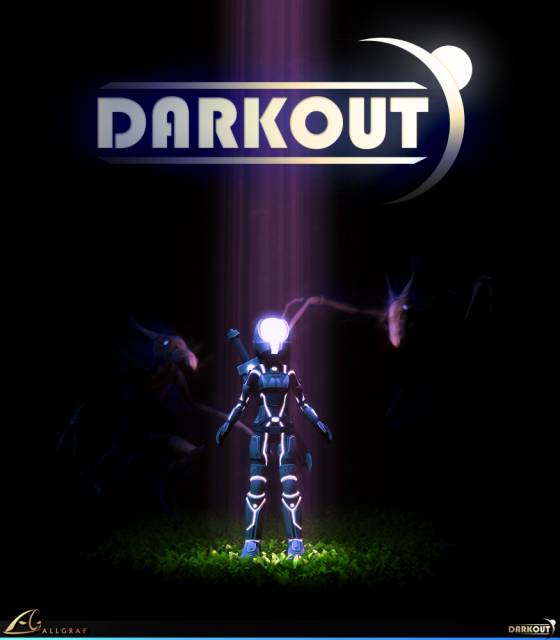
The game: Allgraf's Darkout, a 2D sci-fi crafting/sandbox platformer game.
The source: Bundle Stars' The Toxic Bundle.
The pre-amble: Darkout is a 2D open-world survival game in which the player must craft equipment and tools in order to stay alive on a harsh planet covered in perpetual darkness. While light sources are of paramount importance, the player must also build a shelter and a means to craft more complex items while attempting to find a way off the planet by setting up distress beacons and the like.
Darkout is essentially a sci-fi Terraria, sort of an intermediary between it and its successor Starbound. Similar crafting, combat and randomly generated biome features and systems.
The playthrough: There's essentially two ways to create clones and get away with it. The first is attempting to feign ignorance, or by claiming that you and the other guy independently arrived at the same idea but the release times are spaced apart due to development periods of different lengths. The second is to just go full steam ahead and attempt to reiterate on the idea, creating a product that manages to be different not purely because the developer was consciously trying to avoid too many parallels in case they got litigated, but by working in a lot of ideas they conceived to improve on the original while playing it.
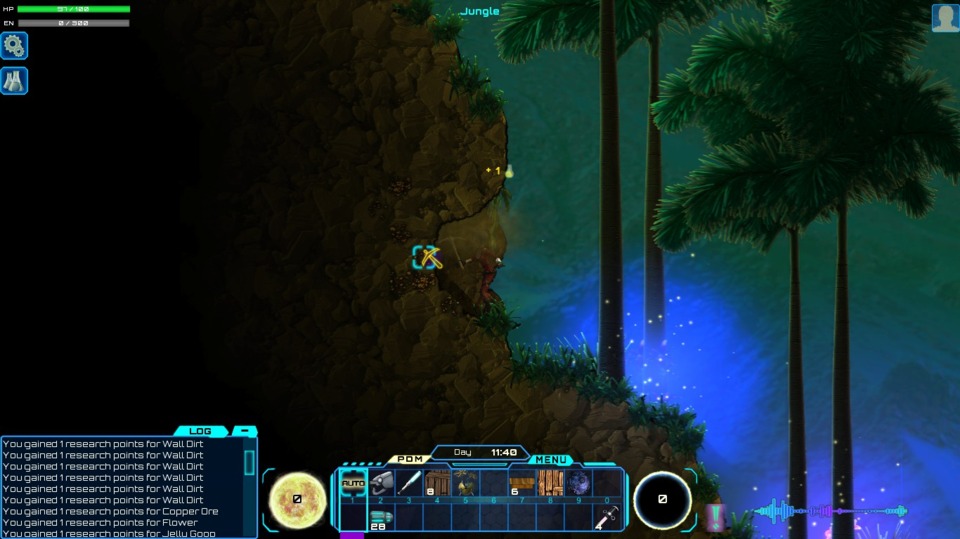
Darkout's not a particularly good Terraria, but it is iterative in many ways, rather than simply a rough copy with a sci-fi paint daub. There's a lot of little improvements: a single action bar slot that automatically selects the right tool for building (which may have been added to Terraria or Starbound after the fact); a separate action bar that corresponds to the right mouse key which allows the player to use multiple tool combinations in tandem; a function key that changes a single digging/mining/chopping cursor to three to expediate tasks; ways to discover new recipes naturally from looting data nodes and finding new minerals and components; ores glitter intermittently whenever they're on the screen, making it far less bothersome to hunt them down; the inclusion of various futuristic elements such as snazzy modern metallic shelters and guns; a "research point" system that works like experience and can be spent on generating new blueprints for crafting for which a small amount is earned by killing enemies and collecting resources but much larger rewards come from making new discoveries, finding new items and exploring new biomes. There's even a handy logbook system that records everything you've discovered.
However, despite all these interesting additions to the Terraria format, it doesn't play nearly as well. This is in part due to the game's weird 3D aspects that it possibly integrated to distance itself from Terraria's blocky pixels and Minecraft's even blockier blocks by having terrain that appears to be more analog but actually conforms to the same grid as its peers. This just leads to a lot of unnecessary visual confusion when scanning the lay of the land. In addition, there's a sort of 90s CGI ugliness to most of the character/monster models, and the GUI leaves a lot to be desired (I'm not a particular fan of how the game hitches for several seconds every time it auto-saves, with a big "WE ARE SAVING YOUR GAME" type message sprawled across the middle of the screen. Hints of Castlevania II's "What a horrible night to have a curse."). I was also left without any kind of directive and a list of blueprints I cannot make without resources I don't know where to find shortly after the game begins, but I suppose that's where the game's core of exploration and discovery steps in to take over. There's both an enemy-less sandbox creation mode and a main story mode, the latter of which has populated the randomized seed world with journals and logs that tell you more about the universe should you be able to find them. I'm tempted to pick a direction and just start looking for stuff to do and new resources to find, but the rough combat and presentation isn't making for a compelling argument. Maybe I'll dig down instead...
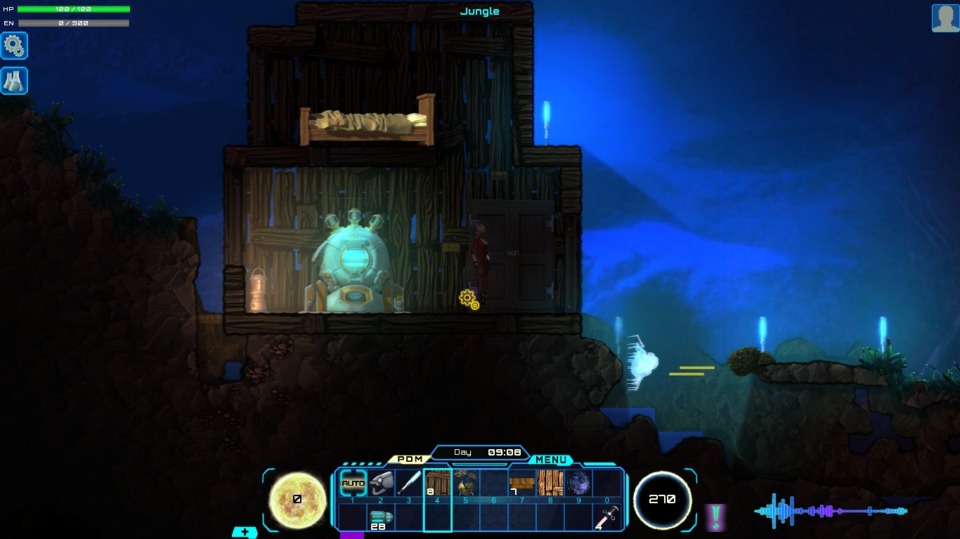
The verdict: It's a weaker game than Terraria overall, despite its many iterative improvements, and I imagine it's even weaker still compared to the thematically similar Starbound too. However, there's some semblance of that same itch to go exploring and see what can be discovered. If there's a deeper narrative to chase down too, all the better.
Dear Esther
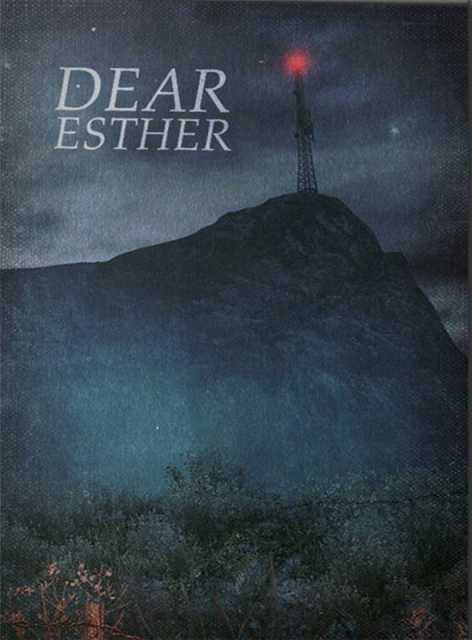
The game: The Chinese Room's Dear Esther, a first-person exploration adventure game.
The source: The Humble Indie Bundle 8.
The pre-amble: Dear Esther is a first-person game without guns, combat or enemies of any kind. It's just one man, walking across an unknown island in the Outer Hebridean chain off the shores of Scotland, either thinking or discussing things which may or may not be pertinent to the game's story. If indeed there is a story.
If that seems like a short and confusing pre-amble, then the even shorter and even more puzzling amble that constitutes the game might shock you.
The playthrough: Dear Esther is an interesting experiment. An experiment it most certainly is as well, because there seems to have been deliberate attempts made to minimize the amount of interactivity involved. While slowly walking from one landmark to the next, the narrator will talk unprompted about various subjects which include but are not limited to: a woman (maybe) called Esther, a travel writer and cartographer called Donnelly who apparently wrote about the island the game is set on, a coarse goat shepherd called Jakobson who once lived there and built some of its structures, a guy named Paul who the narrator knew in the past, a drunk-driving incident on the M5 which may have taken the lives of any of the previous, something about the Syrian city of Damascus and the grim folklore surrounding the island itself.
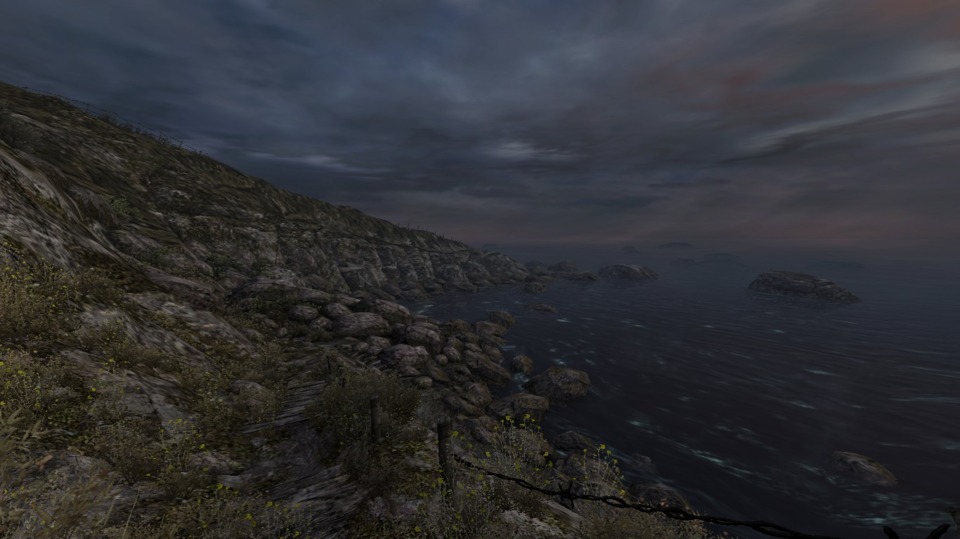
Sometimes you'll get a curious new piece of information that helps to contextualize the present journey -- at a particular point the narrator reveals that he broke his leg during an earlier exploration of the island and has allowed it to become infected, and only remains coherent due to a supply of painkillers emancipated from the medical kit of one of the few shacks on the island, which also helps to explains the languid gait of the protagonist and the lack of any sort of "run" option. There's also chemical symbols and bizarre graffiti everywhere, as well as candles and pieces of car wreckage. Highly symbolic stuff, for the most part.
Overall though, Dear Esther is really more about raising questions about the whys and wheres and hows regarding the narrative and the game's journey and then suggesting that the player attempt to decipher them, if they wish to do so. At several points the linear path branches, and at the end of these branches are optional bits of voiceover: at times these seem like rewards for the adventurous, but none of them seem to offer much in the way of additional clarification. Rather, the game's more about the interpretation of the person playing it. At least, "open for interpretation" is how I've chosen to interpret Dear Esther's story. I think it's fair to say that the game was experimenting with minimalist narrative and minimalist gameplay both. At least it looked and sounded good. Very good, even.
On a final note: It's curious also how closely the game parallels the notoriously poor Trespasser: Jurassic Park -- you start at a beach on an abandoned island, pass through many dilapidated structures as a classically-trained British actor's words echo through your head, and concludes on a mountain top next to a large radio antenna. Artistic, my ass.
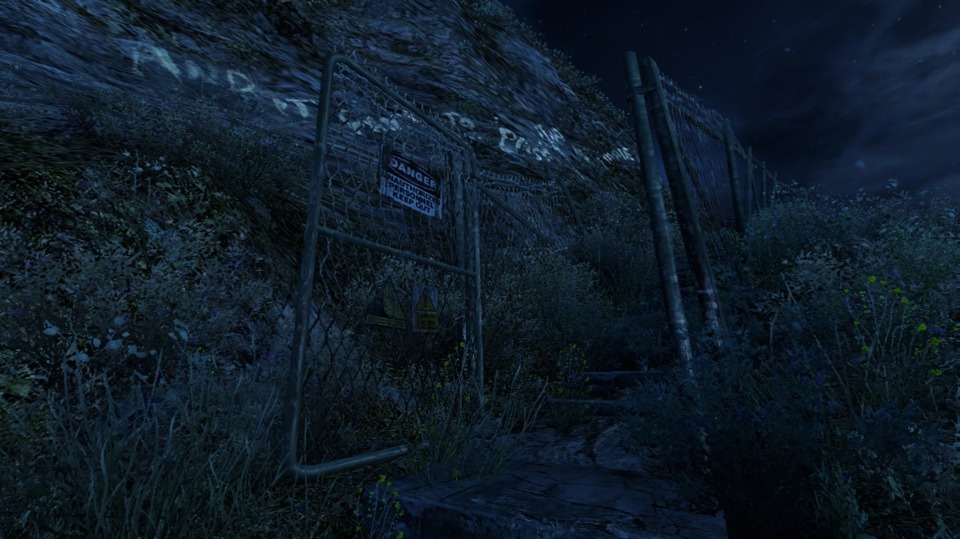
The verdict: It took me exactly one hour to complete the game and there's nothing more it can really offer me. The conclusion definitely didn't make any decisive explanations. I think I can walk away from this one as confused as I was when I went in. Still, an admirable attempt at something very different, and one has opened the way for more compelling "walking simulators" to come.
Eleusis
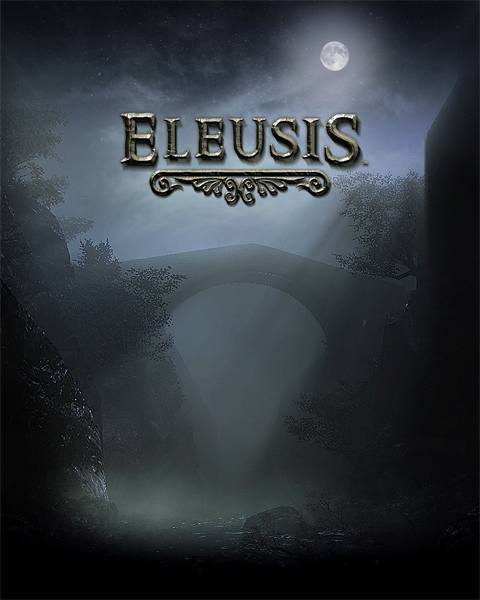
The game: Nocturnal Works's Eleusis, a first-person spooky adventure game.
The source: Groupees' Be Mine 8.
The pre-amble: Eleusis is a first-person adventure game with horror elements. The player character crashes his car near a remote village and looks for a way to get back on the road, but is sidetracked by a mysterious cult operating in the now mostly abandoned village and an imperiled young woman that seems to be their target.
The playthrough: Aw jeez. I suppose we had to run into a clunker sooner or later. Eleusis is not a particularly good game. It's slow, its locations are all placed far too distantly apart, it's very tricky to find the right items and the right hotspots to use said items because of how dark and far apart everything is and there's a whole mess of UI problems. For instance, the game allows you to change key bindings in a pre-game configuration screen, but fails to reflect these new bindings in-game. The game also refused to take Steam screenshots for whatever reason. The load times are egregiously bad, to use an egregiously over-used term. It's also just kind of dull; much of the early half of the game is simply walking from one abandoned home to the next, looking for paths in the surrounding hills that takes you to some remote location that you need to just happen upon to move the game forward. There's a house up a hill on a path that's hard to spot that simply has a screwdriver in a crate in the back that you need for another house half the map away. It's not the sort of adventure game that just dumps you on a screen with a bunch of pertinent hotspots to check out; it's more like finding needles in a haystack.
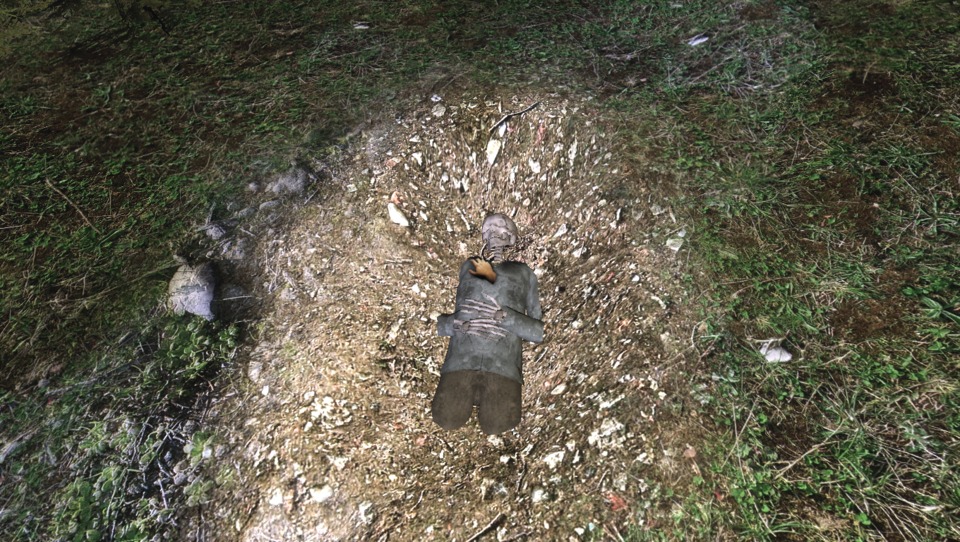
The story of Eleusis isn't particularly inspired either. "Car breaks down outside of spooky zone" is about the least imaginative opening there is in horror fiction next to "Gee whizz my fellow promiscuous teens, you ever hear about the serial murderer that vanished 100 years ago tonight?". There's very little craft in the writing of the game too, from its risibly pragmatic journal entries to the awful VA work. I appreciate that English might not be the developers' native tongue, but adventure games like these rely so heavily on their narrative elements that it's kind of super important to do right by them. The (apparently Greek) village is pretty enough, considering you're only ever seeing it at night, but all the stone buildings look very similar and it's easy to get lost. I guess you can't fault a game for location verisimilitude, even when it runs counter to more important mechanical aspects of the gameplay, like knowing where the hell you are and which buildings belong to whom.
Perhaps the worst part during my playthrough is suddenly spotting a wolf in the distance, starting to run in the opposite direction and getting mauled by presumably a second wolf (clever girl). As previously stated, the load times in this game are horrendous, and having to sit through a minute-long loading screen only to be placed in the same situation and meet the same wolfy demise but a brief moment later because I still had no idea which direction I was supposed to go to escape the creature puts a kibosh on me ever wanting to get deeper into the game. However, as soon I reloaded the game to grab a few more screenshots (you know, because the game didn't save the first lot), I noticed there was an "NPC threat" toggle on the main menu. They actually shoehorned in these little chases apparently last second to give the Steam version of their game a little extra oomph. It's audacious is what it is; a completely unnecessary (though thankfully apparently optional) inclusion that greatly diminishes what little appeal the game already had.
The verdict: Ugh, no. On the other hand, I don't think I have much left to go and I've unticked the "NPC threats" box little caring how unscary as that might make the rest of the game, so maybe... no.
Little Inferno

The game: Tomorrow Corp.'s Little Inferno, an incendiary puzzle game. Sorta.
The source: The Indie Humble Bundle 8.
The pre-amble: Little Inferno is an experimental puzzle game, which is to say a puzzle game that relies on experimentation. Not experimental in the sense that it's completely weird or something. Well, all right, it's that too. The player is a pyromaniacal rapscallion in a Gorey-esque world that appears to be suffering a nuclear winter of some kind brought on by too much pollution. A considerable proportion of this pollution appears to be the result of the extremely popular Little Inferno Playset from a fictional Tomorrow Corp that presumably isn't the same as the actual Tomorrow Corp that developed the game. That would be nuts.
Essentially, Little Inferno boils down to buying items from a catalog, waiting for them to arrive in the mail and then burning them. Each item relinquishes slightly more money than it was worth for some reason that's never made entirely clear. To progress and earn more mail order catalogs, the player has to burn multiple specific items in tandem as outlined by a series of "combo" hints. "Bike Pirate Combo" for instance, refers to burning a pirate and a wooden bicycle simultaneously. The rest get increasingly more abstruse, and most of the game's actual game-ness is in deciphering these hints, throwing shit into a big pile and watching it incinerate. It's a fun game for kids!
The playthrough: I'm kind of a fan of Little Inferno. It has iOS game written all over it, of course, but it takes advantage of the platform in that way that the few highly successful iOS/Android games -- the ones that go on to get Quick Looks, like Year Walk, The Room, 10,000,000, Threes and Ridiculous Fishing -- actually pull off without being another horrible Angry Birds/Flappy Birds/Birdy Turds/Tower Defeces clone or a free-to-play game that politely asks you to patiently wait for days at a time before you're allowed to have fun.
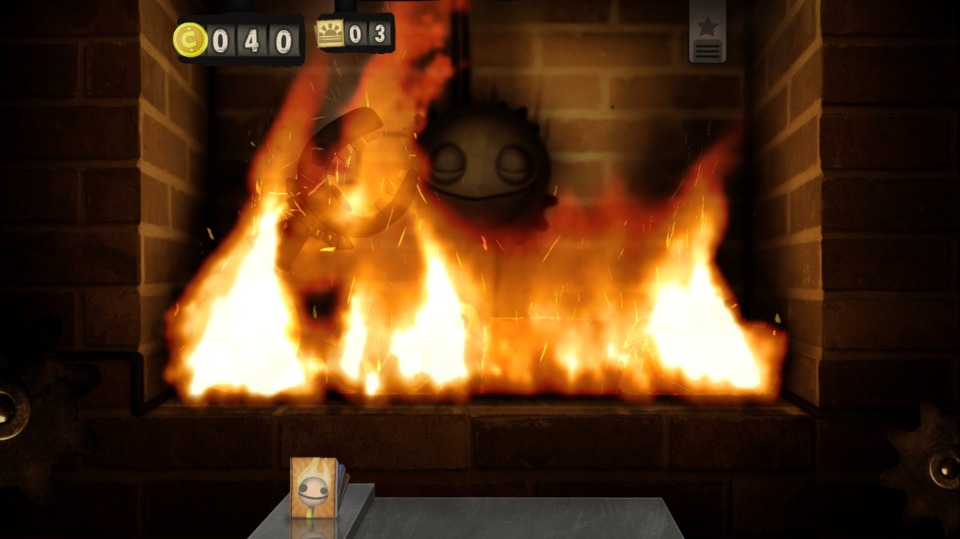
Unfortunately, inexplicable time delays are one of the few flaws Little Inferno shares with its avaricious iOS brethren. (I usually end with the negative so I'm putting it first today.) There's very little justifiable reason why you need to wait up to three minutes for some of the items to arrive, and even the many "instant delivery" stamps given out for successful combo discoveries and through general play can't mitigate the amount of waiting entirely. Oddly, this design decision doesn't seem to have been spurred by anything in particular: there's no bilking here, no demanding that the player buy-in to speed everything up (unless there's an option I didn't find). Just a gameplay mechanic that decided to double down on this "waiting for items to come in the mail" aspect of the game's premise to its ultimate detriment, as the more expensive items always have longer wait times attached to them and it's tiresome when you need to order several and wait for each one to arrive just to test a few combinations.
Overall though, I really liked the game. The trial and error (though not entirely so, as a finer mind than mine could've deduced the solutions from the hints quicker) puzzle gameplay reminds me a lot of Doodle God, and how I'd spend hours trying to figure out the game's internal logic to make certain combinations work and create new ideas. Each item burns a different way too, and there's a delightful casual aspect to the game in just watching how each new item reacts to being set aflame. The visuals are great too -- as I said, they're largely inspired by the works of Edward Gorey or Charles Addams (or via their protégé Tim Burton) and the game has a similarly macabre satirical edge to it, frequently bumping up against the fourth wall and making all sorts of pointed implicit statements about rampant consumerism and the soulless modern world. It's a bit dark in spots, but it's also nothing you wouldn't see on a subversive kids' cartoon like Ren & Stimpy or Grim & Mandy. It's full of goofy references and shout-outs too, but that's nothing new in an Indie game.
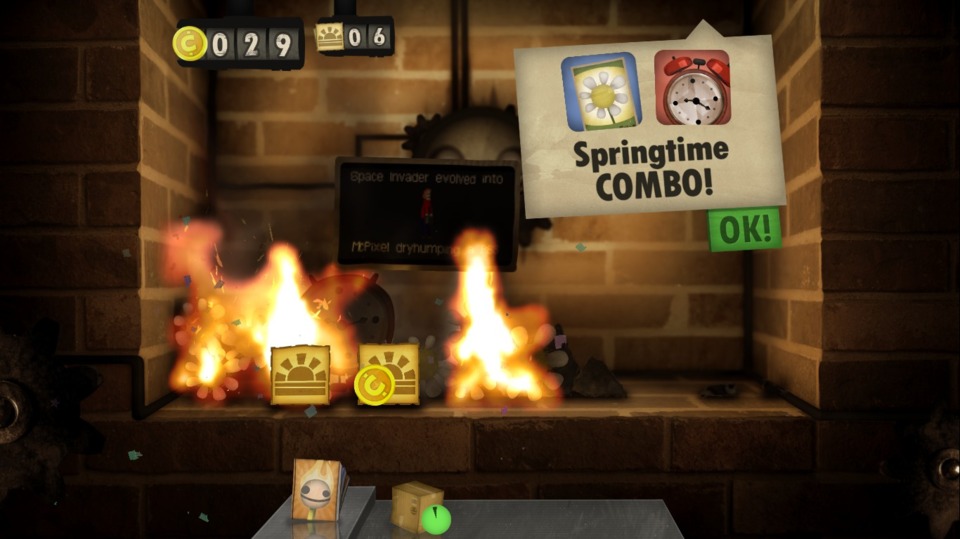
The verdict: I've beaten the game, or at least its core story. I don't know if there's any way to keep going where I'm at, so let's just say "ashes to ashes" to Little Inferno. This was a fun one, though maybe more ideal for a mobile device.
Samorost 2
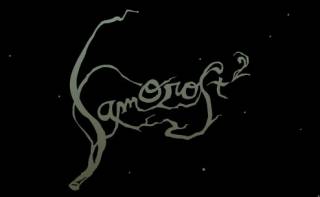
The game: Amanita Design's Samorost 2, a (mostly) wordless point and click adventure game.
The source: The very first Humble Indie Bundle.
The pre-amble: Samorost 2's story follows a little white-capped man and his quest to recover his dog, who was dognapped by a pair of aliens while they were out stealing his food. His quest takes him back to the aliens' home planet and a journey through the core of their world to find his dog. But the game doesn't end after the dog's been emancipated, oh no.
Samorost 2, like Amanita's future works, is a game that largely depends on clicking things around the screen and seeing how they react, and then forming an idea of how they can interact with each other to solve whatever immediate problem needs dealing with. For instance, clicking a creature to knock it over (kinda harsh) distracts its mother from siphoning water from a hole in a pipe for a few seconds, while elsewhere the player can click on a cork to pick it up. Once both these hotspots have been discovered, it's simply a matter of combining the two.
The playthrough: Samorost 2's one of the first games to ever appear in my Steam library, and there it has sat unplayed for what has felt like almost half a decade (it's actually been four years this month since the first Humble Bundle). This spot was originally meant to go to Botanicula, the most recent game from the same developers (Czech team Amanita Design) but I discovered to my non-horror that I actually only own the GOG version, and featuring my GOG library on a Steam blog feature seemed like the most fallacious (and hellacious) crime against humanity a guy could possibly make. (But man, maybe I should put a month aside for my GOG stuff...)
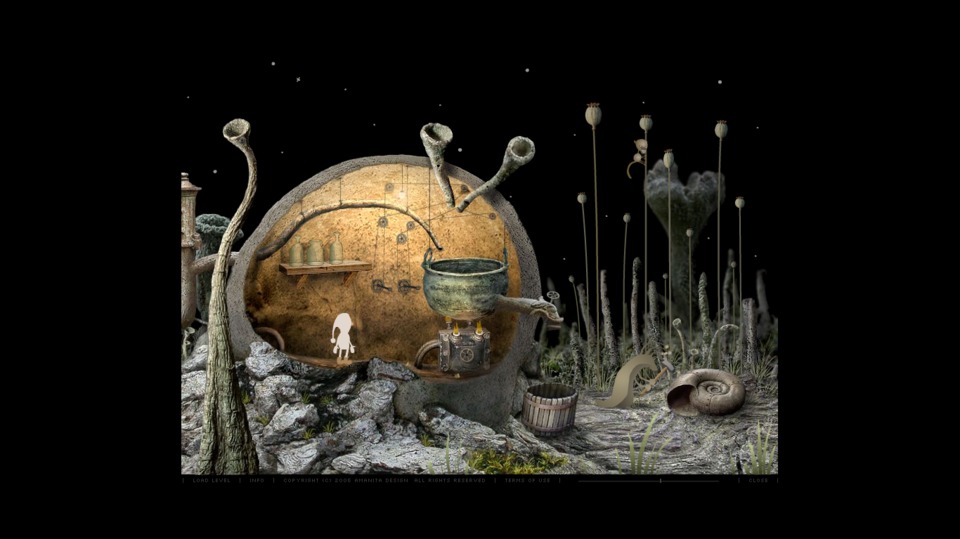
Anyway, the game. If you've ever played an Amanita game, like the aforementioned Botanicula, or Machinarium, you'll know that they tend to involve mostly text-free point and click puzzles with stunning hand-drawn graphics and the occasional brainteaser a la Layton or Puzzle Agent. They're adventure games that rely far more on whimsical, vaguely eastern European storybook presentations with narratives driven by contextual ideograms rather than on a sharp script or a lot of jokes about rubber chicken pulleys. Samorost 2 is no exception, and it (and presumably its forebear Samorost 1) have a lot of early potential that the two games the studio's better known for would eventually capitalize on.
Actually, besides a particularly bad puzzle at the end involving fart gas, Samorost 2 is a fun little Flash game. It certainly has no business looking as good as it does, given Flash's limitations, and the sound design is wonderful too (lots of ambient sounds which occasionally add to the puzzles but is more often just there for atmosphere). That said, it's a fairly standard example of what I usually call a portfolio booster: the type of ephemeral, "best foot forward" demonstrations that should be freely given away to increase one's profile and help build up hype for the far more substantial games yet to come. It's very short, is what I'm saying, and feels like the aperitif to Machinarium's main course.
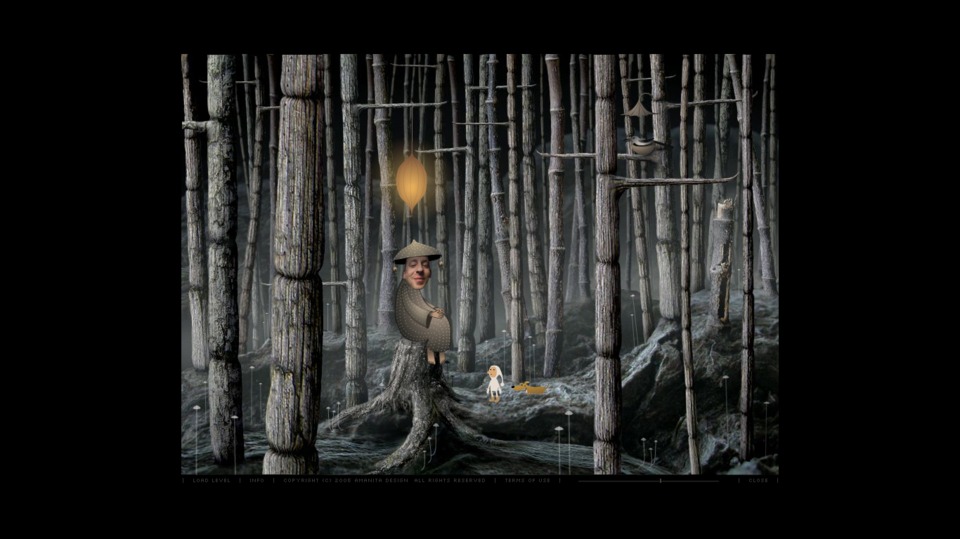
The verdict: It's complete. Took less time than Dear Esther did, in fact. Still, no complaints here. Great little game.
The Moment of Truth
Huh. Hmm. There's a difficult choice here between potential (Darkout) and curiosity (Little Inferno). The other three games were of an obvious quality (well, besides Eleusis) but were a bit too short and artsy-fartsy for their own good. I'm going to go with Little Inferno I think, because I had more fun playing it than Darkout. And isn't that why we're here?
Speaking of which, thank you all for joining me for another month of madness. It's always a rewarding struggle to maintain this pace for a whole four weeks, and I hope you've enjoyed all these half-baked musings and maybe have a few new wishlist items as a result. As for me, I've got a Commish to catch up on before May's over ("ne'er cast a Comic Commish till May be out", or something), and then it's E3 and banner contests and all sorts of fun nonsense throughout June. Maybe I'll finally start to appreciate that busy hypefest of an expo and all its embarrassing conferences. Maybe I'll make more jokes about the identity of the new Giant Bomb Senior Editor that'll get quoted out of context by clueless NeoGAF users as genuine scoops. Maybe I'll play more Legend of Grimrock after this is over (well, I'd say that was more of a definite).
Cheers everyone, and see you next time.
